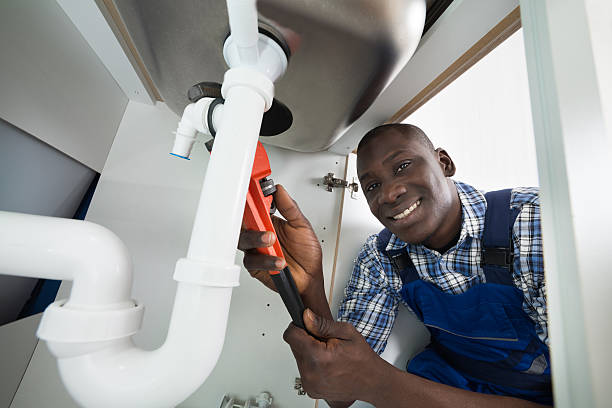
Piping Perfection: Essential Plumbing Maintenance for Homeowners
Maintaining your home’s plumbing system is crucial for preventing issues and ensuring a smooth daily routine. From small fixes to regular check-ups, here’s a guide to essential plumbing maintenance that every homeowner should know.
1. Routine Inspection and Leak Detection
Regularly inspecting your plumbing system is the first step in proactive maintenance. Check for any visible leaks, drips, or water stains under sinks, around appliances, and near water heaters. Detecting and addressing leaks early can prevent extensive damage and costly repairs.
2. Clearing and Preventing Clogs
Clogged drains are a common plumbing issue that, if left unattended, can lead to more significant problems. Use drain screens to catch debris, and avoid pouring grease, coffee grounds, or hair down drains. Periodically, use a plumbing snake or environmentally-friendly drain cleaner to clear any blockages.
3. Water Heater Maintenance
Your water heater plays a crucial role in your daily comfort. To ensure its longevity and efficiency, flush the tank to remove sediment buildup at least once a year. Check for signs of corrosion or leaks, and have a professional inspect the heating element to maintain optimal performance.
4. Insulating Pipes for Cold Weather
In colder climates, protecting your plumbing from freezing temperatures is essential. Insulate exposed pipes in unheated areas, such as basements, garages, or crawl spaces, to prevent them from freezing. Taking this step can avoid pipe bursts and water damage during winter.
5. Checking Water Pressure
High water pressure can strain your plumbing system and lead to leaks or burst pipes. Invest in a water pressure gauge to measure the pressure coming into your home. If it exceeds 60-70 psi, consider installing a pressure regulator to protect your pipes and appliances.
6. Inspecting Toilet Components
Toilets are a common source of leaks and inefficiency. Periodically check the tank and bowl for leaks by adding a few drops of food coloring to the tank. If color appears in the bowl without flushing, it indicates a leak. Also, ensure that the flapper and fill valve are functioning correctly.
7. Testing Sump Pump Functionality
If your home has a sump pump, it’s crucial to test its functionality regularly, especially before the rainy season. Pour water into the pit to trigger the pump and make sure it effectively removes the water. This preventative measure can prevent basement flooding during heavy rainfall.
8. Upkeeping Garbage Disposal
Maintaining your garbage disposal helps prevent clogs and unpleasant odors. Run cold water while using the disposal, avoid putting hard items like bones or fibrous foods like celery down the drain, and periodically clean the disposal with a mixture of ice cubes and vinegar to eliminate debris.
9. Inspecting Washing Machine Hoses
The hoses connected to your washing machine are prone to wear and tear. Regularly inspect these hoses for signs of leaks, cracks, or bulges. Consider replacing rubber hoses with stainless steel braided ones, which are more durable and less likely to burst.
10. Seeking Professional Plumbing Maintenance
While homeowners can perform many maintenance tasks, some aspects require professional attention. Schedule regular plumbing inspections with a licensed plumber to identify potential issues early on and receive expert advice on maintaining your plumbing system.
For comprehensive guidance on plumbing maintenance and professional assistance, visit Plumbing Maintenance. Taking proactive steps to care for your plumbing ensures a reliable and efficient system, giving you peace of mind in your home.
